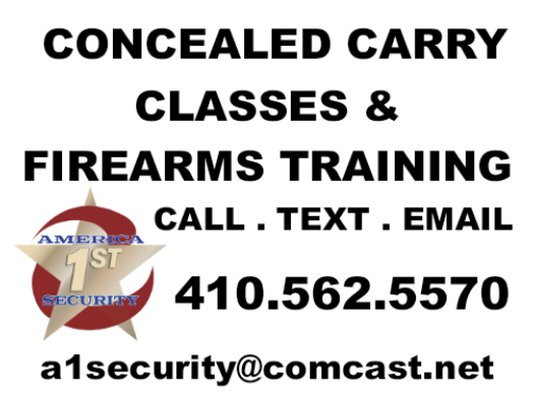axshon
Ultimate Member
So I had a breakthrough in my personal LR training on Sunday at AGC. I've been struggling forever with recoil management on my 5R in .308. Regardless of my body position and attempts to load my bipod I was always finding myself 10+ mils to the left of my target after every shot. I tried changing my body position, taking pictures of myself in position etc to no avail. Then I saw a fella at AGC with one of the new Midway mats that had a 'preload strip' of canvas that you can hook your bipod into. It seemed like a good idea.
So not having the desire to order another mat I took a couple pieces of wood and made a little L-shaped platform for my bipod and tied it to the eyelets on my shooting mat. I can tighten or loosen either side to change the angle. That allows me to preload into something with less give than the ground. I can tilt the rifle up a bit, get into position and then as I lay down I cam right into it.
Next, I found that both my rear bag options were too low with the extra 1/2" of height provided by my preload helper. So I grabbed a piece of drywall from the car about 2' long and 1' wide and put it under my mat to raise up the rear of my rifle without adding any ridges to work around in my shooting position.
Finally, I was able to maintain a perfect natural point of aim behind the rifle but I was still skipping it to the left about 5 mils on every shot. So I tried moving my body (by shifting my hips) in both directions and taking a few shots at every position. Turns out moving to the LEFT actually did the trick. I really felt like I was angling away from the target but I found that after every shot I was still dead center on the target. It was actually stable enough that I could watch the impact on the target and in the berm! First. time. ever.
Now I just need to repeat that performance a few hundred times to commit it to muscle memory...
So not having the desire to order another mat I took a couple pieces of wood and made a little L-shaped platform for my bipod and tied it to the eyelets on my shooting mat. I can tighten or loosen either side to change the angle. That allows me to preload into something with less give than the ground. I can tilt the rifle up a bit, get into position and then as I lay down I cam right into it.
Next, I found that both my rear bag options were too low with the extra 1/2" of height provided by my preload helper. So I grabbed a piece of drywall from the car about 2' long and 1' wide and put it under my mat to raise up the rear of my rifle without adding any ridges to work around in my shooting position.
Finally, I was able to maintain a perfect natural point of aim behind the rifle but I was still skipping it to the left about 5 mils on every shot. So I tried moving my body (by shifting my hips) in both directions and taking a few shots at every position. Turns out moving to the LEFT actually did the trick. I really felt like I was angling away from the target but I found that after every shot I was still dead center on the target. It was actually stable enough that I could watch the impact on the target and in the berm! First. time. ever.
Now I just need to repeat that performance a few hundred times to commit it to muscle memory...



